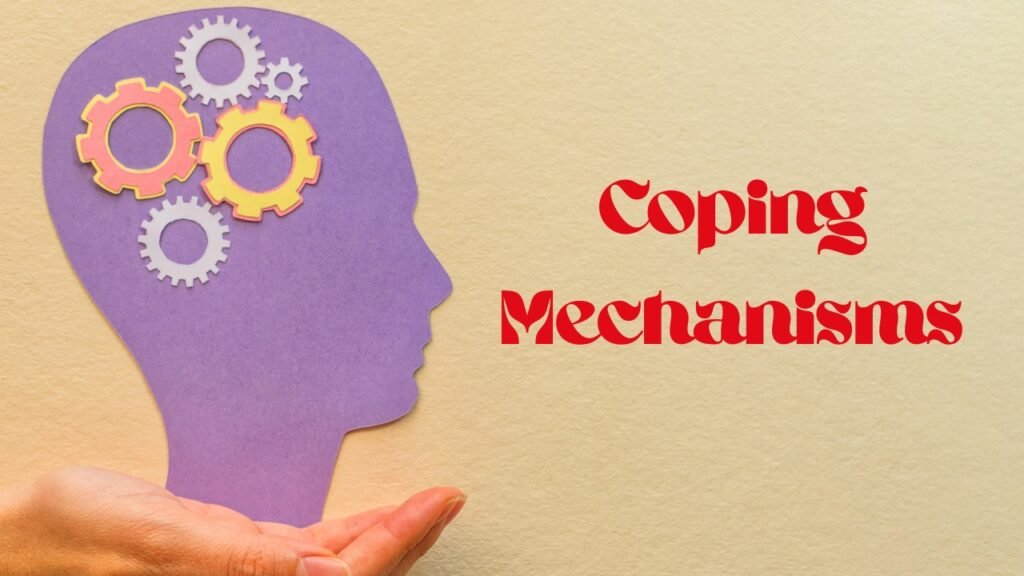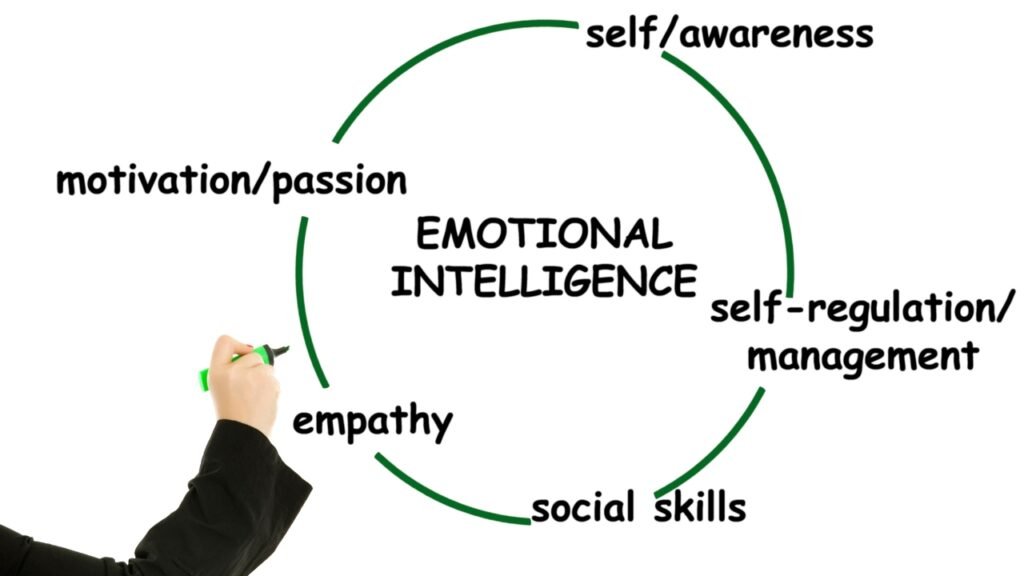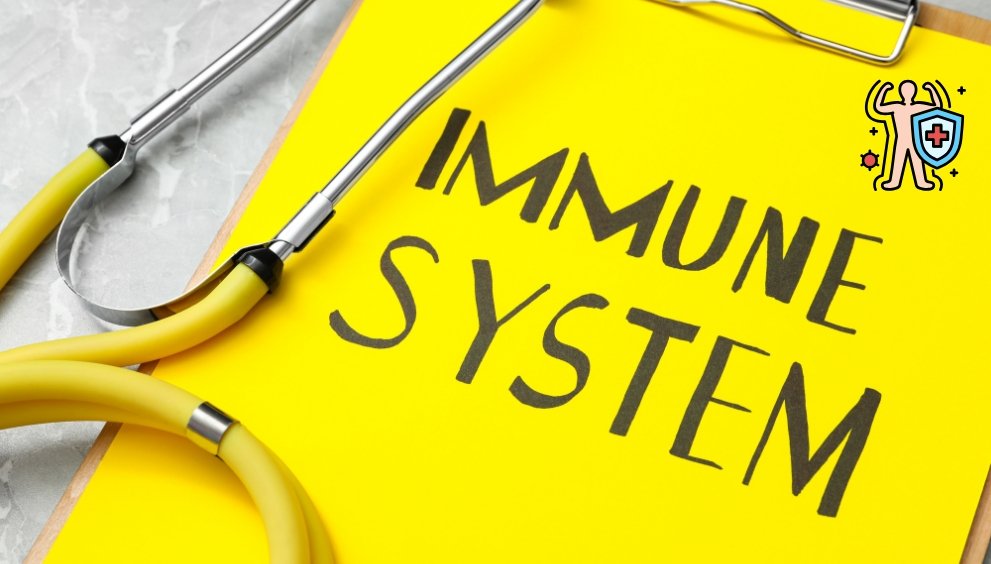Beyond “Normal”: Managing Mental Health in Neurodiverse world

In this rich world, which is ready to embrace the variation in humans, this concept of “Neurodiversity” has become a central stage covering all the major neurological differences as seen in Autism Spectrum Disorder(ASD), Attention-Deficit/Hyperactivity Disorder(ADHD), Dyslexia, and Tourette’s Syndrome. These are all the natural and valuable in the human mind, much like the variations in gender and ethnicity. It’s a new change from looking at these disorders as some weakness to looking at them as a unique way of experiencing and interacting with the world. But it’s crucial to understand that neurodiversity has its own strengths and pros at the same time, neurodivergent individuals have mental health challenges due to societal pressure, systemic barriers, and many sensory insensitivities.
The Mental Health Landscape for Neurodivergent Individuals:

Research has shown higher rates of mental health challenges.
- Autism Spectrum Disorder: Research shows that 70-80% autistic individuals have at least one mental health condition, with anxiety and depression being prevalent. Eating disorders and OCD(Obsessive Compulsive Disorder) are common.
- Attention Deficit/Hyperactivity Disorder(ADHD): These individuals are more likely to be the prime suspects of anxiety, depression, bipolar disorder, substance use disorders, and personality disorders. They constantly struggle with function execution, emotional dysregulation, and impulsivity.
- Other divergences: These disorders carry elevated risks for anxiety, depression, and self-esteem issues due to societal factors, academic challenges, and other specific struggles.
Challenges Fueling Mental Health Challenges:

Sensory Overload/Underload:

A fluorescent bulb, a crowded room, or a sudden loud noise can trigger these neurodivergent individuals, leading to anxiety, breakdowns, and extreme discomfort in the form of sensory overload. Sensory underload, conversely, can become the cause of restlessness and seeking intense stimulation.
Social Camuoflauging:

To fit in, such individuals try to mask their behaviours, such as forcing eye contact, suppressing stims, scripting convos, or feigning their interests. This performance can be very exhausting and lead to burnout, inauthenticity, and isolation.
Difficulty in Management:

Challenges in planning, organising, time execution, emotional regulation, and task initiation are the very hallmarks of ADHD and other common disorders, which can lead to low self-esteem, overwhelm, and spoiled mood due to shame and failure.
Issues in Diagnosis:

Misdiagnosis and late diagnosis, particularly in women and minorities, are common. These disorders are treated as anxiety and depression, underlying the actual reason leading to prolonged suffering, ineffective treatment, and feelings of being misunderstood.
Stigma:

Despite the growing awareness, such individuals experience bullying, exclusion, and are often considered lazy and difficult, which contributes to lower self-worth and contributes to mental distress.
Coping Mechanisms:

Neuro-Affirming Therapy:

- Seeking the right therapist who is explicitly into neurodiversity, making the therapy easy for you by focusing on adaptation and acceptance rather than “fixing”.
- Opting for CBT(Cognitive Behavioral Therapy) and DBT(Dialectical Behavior Therapy) can play a crucial role in their healing journey.
Environmental Adaptations:

- Paying attention to sensory triggers and creating a calm environment can help a lot, and this can be done by opting for noise-cancellation headphones, dim lights, fidget toys, and designating “safe spaces” for yourself.
- Having a structured and clear routine can reduce anxiety commonly for ADHD individuals. The timers, schedules, and designated time zones can assist them.
Skills for Emotional Regulation:

- There should be introception awareness, which helps individuals to tune into their body signals in order to manage emotional states in a better way.
- For managing emotions, unique techniques such as movement breaks, sensory input regulation, or their preferred interests as coping mechanisms.
Building your Self-worth:

- Getting to know your neurotype, which includes learning about the way your brain works, its strengths and challenges, helps in empowerment and fostering self-acceptance.
- The development of confidence and language skills can help reduce stress.
- Building connections with other communities can help in reducing isolation and fostering a sense of belonging.
Making “YOU” your Priority:

- Reduce masking in order to make yourself feel at ease and be more real.
- Try to rest and engage in your interests.
- Preventing burnout must be crucial.
Looking after your mental well-being isn’t just about fitting into a particular group. Basically, it’s about creating a safe space where your unique ways of talking, thinking, and feeling are understood and appreciated. It’s all about fostering an environment where you are given the support that you need in order to tailor your inner and outer challenges.
By accepting your neuro-affirmative disorders and promoting self-awareness and equipping such a unique individual with powers right tools, we indeed can help them to not just survive, but to thrive and progress genuinely.


 English
English 



















